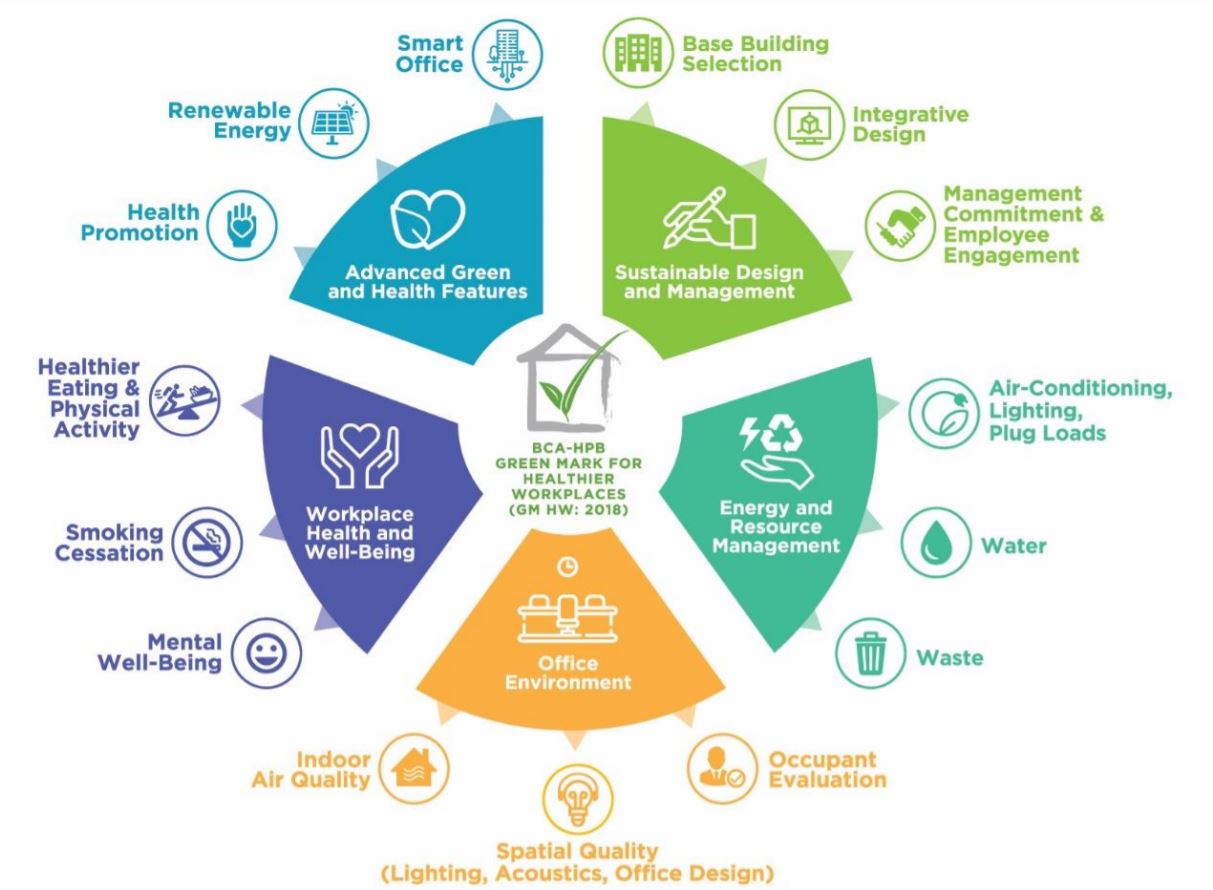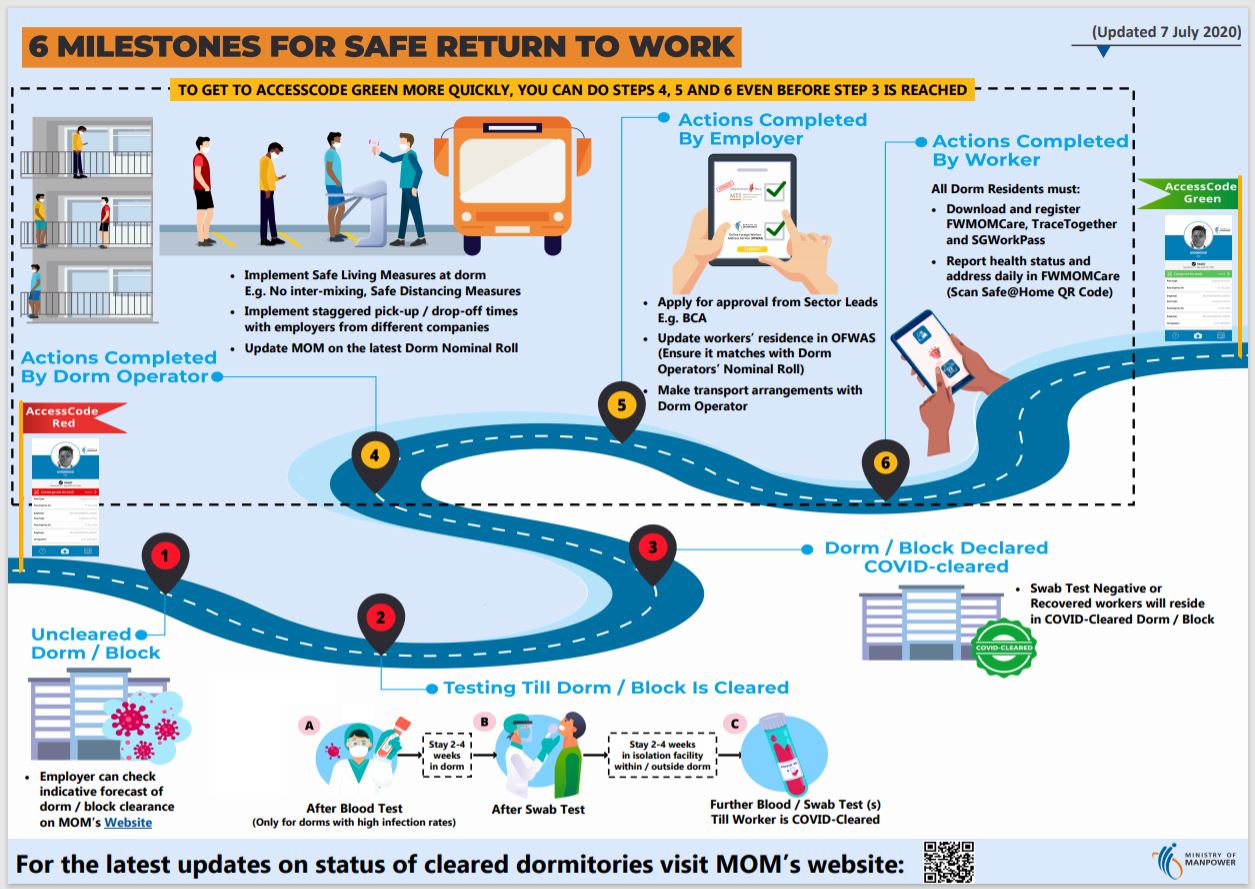Table of content:
-
- A new opportunity
- Sustainable materials
- Projects using sustainable materials
Click at this link for a copy of Sustainable Construction Materials for Buildings by Building and Construction Authority (BCA).
Table of content:
Click at this link for a copy of Sustainable Construction Materials for Buildings by Building and Construction Authority (BCA).
[foogallery id=”5973″]
Code on Barrier-Free Accessibility (BFA) was originally written with the needs of wheelchair users in mind. 2002 Code went beyond mere wheelchair-users’ requirements to include basic requirements of persons with other forms of physical limitations but who are not wheelchair bound. This is so that they are also able to access buildings, make use of their facilities and participate in activities as an integral part of the community just like any other person. Continue reading “Code on Barrier-Free Accessibility in Buildings 2002”
A person with impairment not necessarily disabled. And a person with disability not necessarily handicapped. However, a person who is handicapped is having disability and impairment.
Impairment is the correct term to use to define a deviation from normal, such as not being able to make a muscle move or not being able to control an unwanted movement.
Disability is the term used to define a restriction in the ability to perform a normal activity of daily living which someone of the same age is able to perform. For example, a three-year-old child who is not able to walk has a disability because a normal three-year-old can walk independently. Continue reading “Impairment, Disability and Handicapped”

Green Mark for Healthier Workplaces (2018) will better guide companies through the thought process of space selection and office design, operation and maintenance, as well as occupant engagement and empowerment.

Step 1: Uncleared Dorm/Block
Employer can check indicative forecast of dorm/block clearance on MOM’s website.
Step 2: Testing Till Dorm/Block Is Cleared
A. Only for dorms with high infection rates, stay 2 to 4 weeks in dorm after blood test.
B. Stay 2 to 4 weeks in isolation facility within/outside dorm after swab test.
C. Further blood/swab test(s) till worker is COVID-cleared.
Step 3: Dorm/Block Declared COVID-Cleared
Swab test negative or recovered workers will reside in covid-cleared dorm/block. Continue reading “6 Milestones for Safe Return to Work”